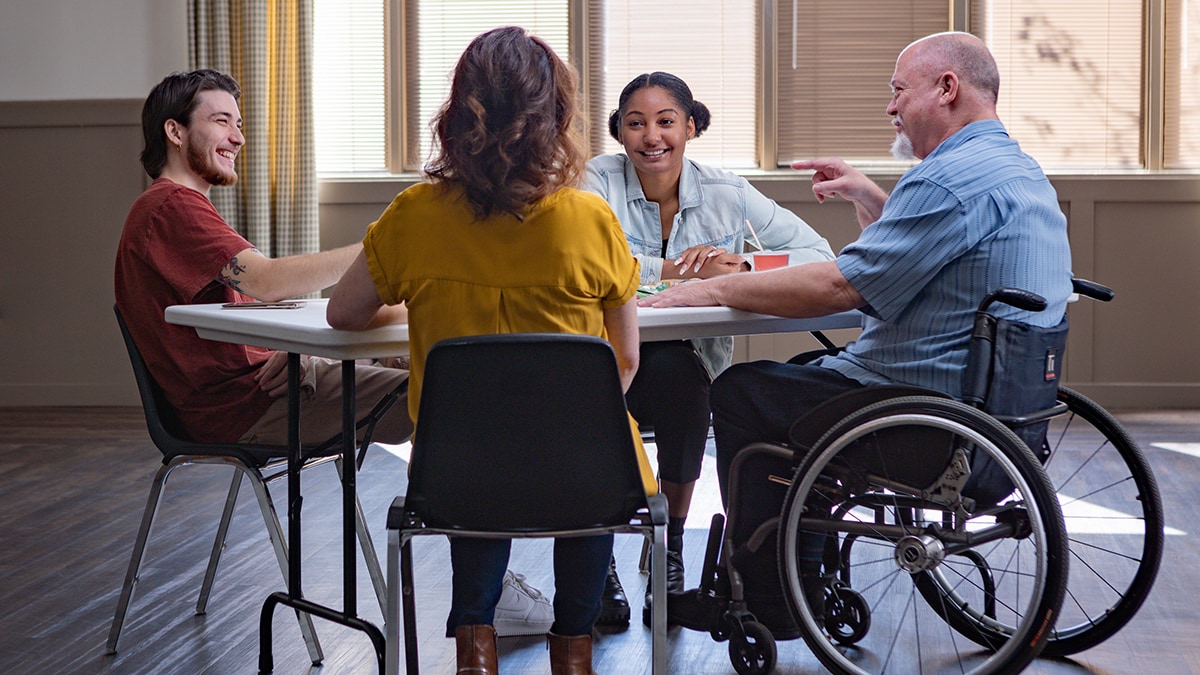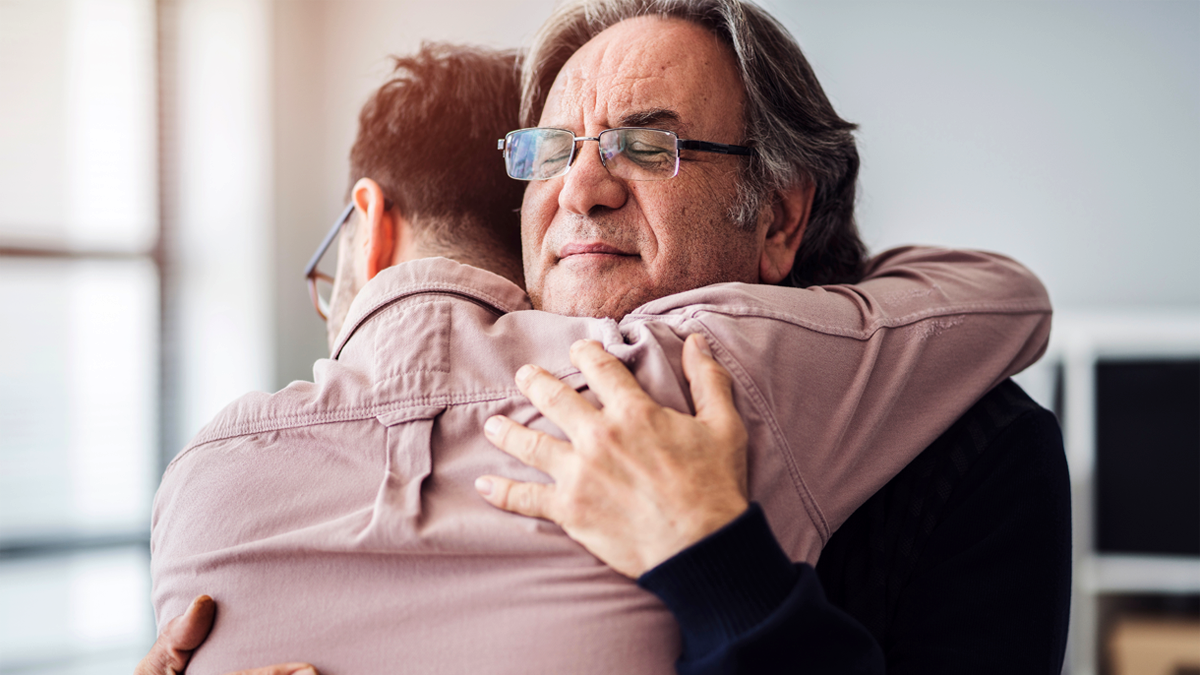

A range of factors—at the individual, relationship, community, and societal levels—can increase suicide risk. These risk factors are situations or problems that can increase the possibility that a person will attempt suicide.
Individual Risk Factors
These personal factors contribute to risk:
Relationship Risk Factors
These harmful or hurtful experiences within relationships contribute to risk:
Community Risk Factors
These challenging issues within a person's community contribute to risk:
Societal Risk Factors
These cultural and environmental factors within the larger society contribute to risk:

Similar to risk factors, a range of factors at the individual, relationship, community, and societal levels can protect people from suicide. We can take action in communities and as a society to support people and help protect them from suicidal thoughts and behavior.
Individual Protective Factors
These personal factors protect against suicide risk:
Relationship Protective Factors
These healthy relationship experiences protect against suicide risk:
Community Protective Factors
These supportive community experiences protect against suicide risk:
Societal Protective Factors:
These cultural and environmental factors within the larger society protect against suicide risk:
Suicide is connected to other forms of injury and violence. For example, people who have experienced violence, including child abuse, bullying, or sexual violence, have a higher suicide risk. Watch Moving Forward to learn how everyone benefits when we increase efforts to protect people from violence and reduce issues that put people at risk.
See Suicide Prevention Resources for articles and publications about risk and protective factors for suicide.
If someone is at risk for suicide, you can watch for warning signs, including:
Contact the 988 Suicide and Crisis Lifeline if you are experiencing mental health-related distress or are worried about a loved one who may need crisis support.
Connect with a trained crisis counselor. 988 is confidential, free, and available 24/7/365.
Visit the 988 Suicide and Crisis Lifeline for more information at 988lifeline.org .